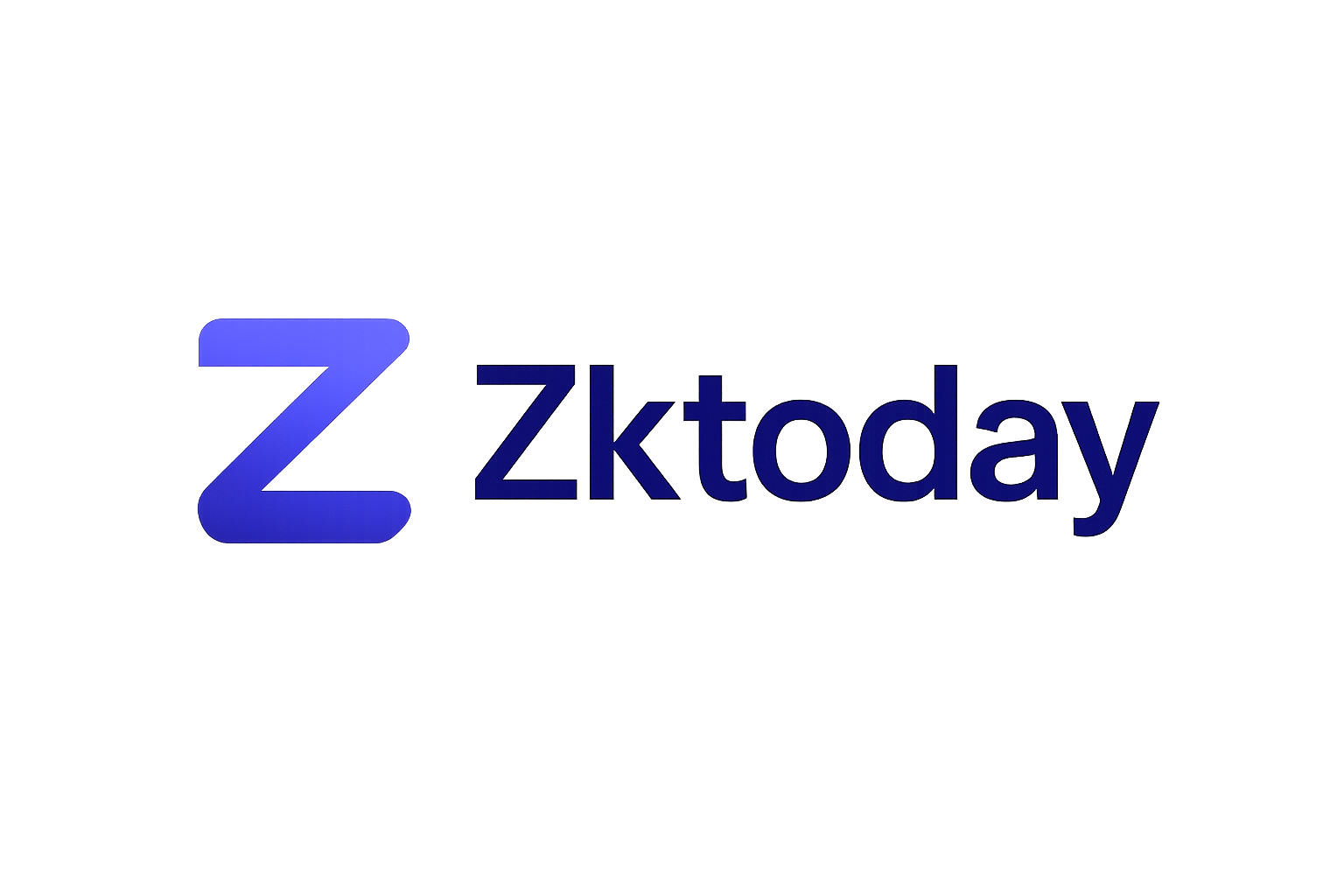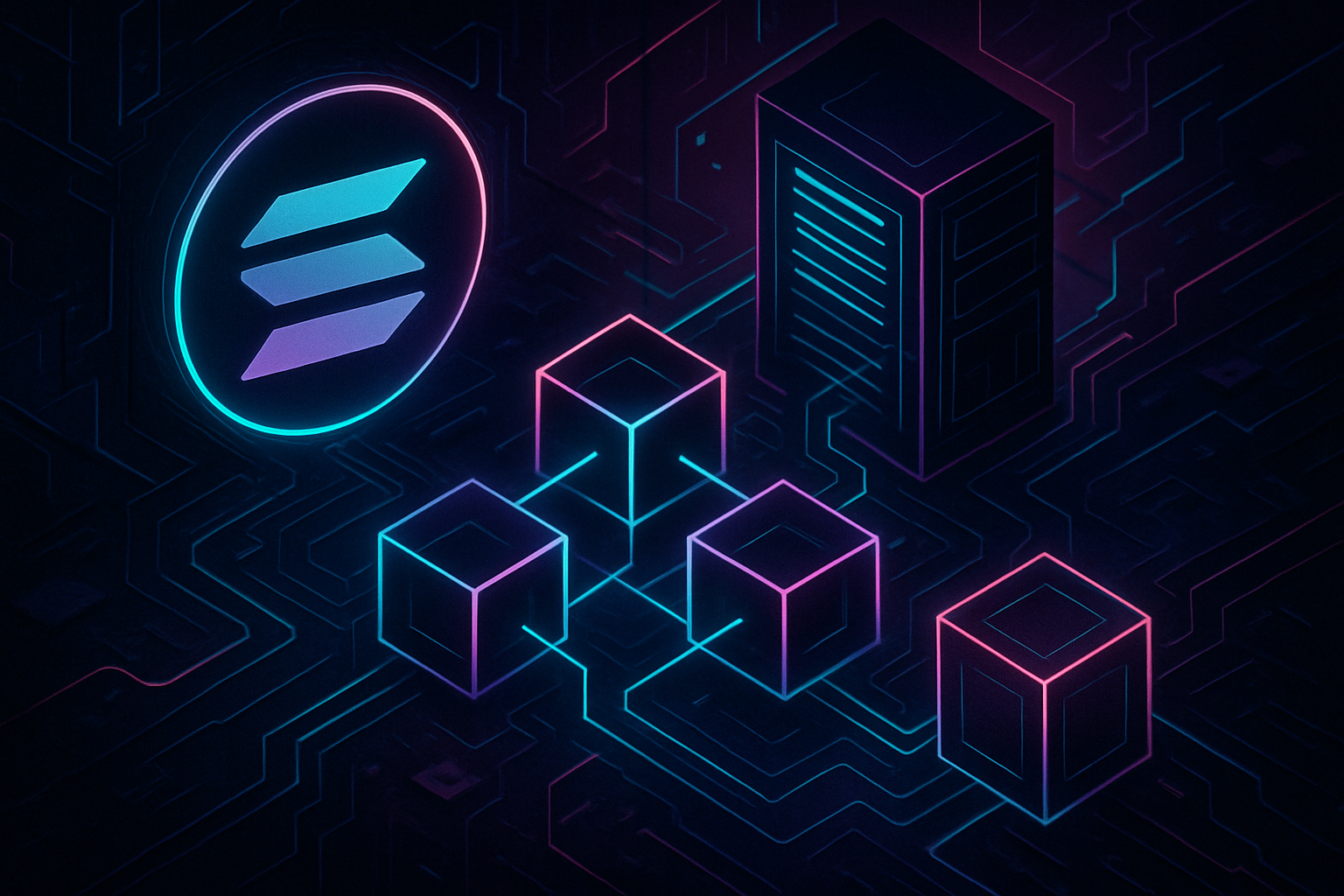
Blockchain scalability has long been the Achilles’ heel of decentralized applications, especially for platforms aiming to serve real-time gaming, high-frequency trading, and social protocols. While Solana has built a reputation for high throughput and low fees, the emergence of Ephemeral Rollups is pushing the boundaries of what’s possible, enabling adaptive blockchain infrastructure that can elastically scale to meet surges in demand without fragmenting state or compromising composability.
What Are Ephemeral Rollups and Why Do They Matter?
Ephemeral Rollups, pioneered by MagicBlock and now gaining traction across the Solana ecosystem, are temporary, high-performance execution environments spun up on demand. Unlike traditional layer-2 solutions, these rollups do not rely on bridges or new tokens. Instead, they operate directly on the Solana Virtual Machine (SVM), preserving full access to Solana’s liquidity and composability from the main chain. This approach is fundamentally different from modular blockchain architectures that silo application state, creating friction for users and developers alike.
The core innovation is the ability to offload intensive computations, such as those required by fast-paced on-chain games or real-time financial protocols, into isolated environments that exist only as long as needed. Once the session ends, the state is anchored back to Solana’s main chain, ensuring security and continuity. This model dramatically reduces latency, with end-to-end transaction times reportedly under 50 milliseconds, and eliminates the persistent overhead and fragmentation associated with permanent sidechains or rollup chains.
Solana’s Modular Leap: Elastic Scaling Without Fragmentation
Solana’s design is already optimized for high throughput, but even “low-fee” blockchains like Solana can become expensive and congested at scale. Ephemeral Rollups address this by providing dedicated execution environments for demanding applications, which can be created and destroyed as needed. This elasticity lets developers scale their dApps for peak demand, think global gaming tournaments or major NFT drops, without burdening the main chain or requiring users to navigate complex bridging solutions.
For example, in the context of on-chain gaming, traditional blockchains struggle to deliver the sub-50ms latency required for responsive multiplayer experiences. By leveraging ephemeral rollups, developers can achieve the kind of real-time responsiveness previously only possible on centralized servers, but with the security and transparency of a public ledger. This is a game-changer for blockchain gaming, as highlighted by MagicBlock’s integration with Solana, which is enabling a new generation of composable, on-chain games that don’t sacrifice user experience for decentralization.
For a deeper dive into the technical framework and how ephemeral rollups leverage the SVM for elastic scalability, see this technical analysis.
Current Market Context: SOL Price and Ecosystem Growth
The backdrop for these innovations is a robust Solana ecosystem. As of today, Binance-Peg SOL (SOL) is trading at $201.51, with a 24-hour change of -$4.52 (-0.0219%), a 24-hour high of $206.15, and a low of $190.45. This price resilience underscores continued investor confidence in Solana’s ability to scale and adapt, even as demand for real-time, high-throughput applications grows.
Ephemeral Rollups are not just about gaming. In high-frequency trading, these rollups provide an execution environment with latencies rivaling centralized exchanges, all while remaining within the Solana ecosystem, no bridges or external validators required. This opens the door for DeFi protocols, social platforms, and other decentralized apps to operate at speeds previously out of reach for blockchain infrastructure.
Composability and Security: No Compromise Required
One of the most compelling aspects of ephemeral rollups is their seamless integration with Solana’s composability model. Because these environments are anchored to the main chain upon completion, developers do not have to worry about fragmented liquidity or complex cross-chain interoperability challenges. Users benefit from the same security guarantees as the main chain, while enjoying ultra-low latency and elastic scalability.
For further reading on how ephemeral rollups redefine modular blockchain scalability and maintain robust security guarantees, consider this comprehensive overview.
The implications of this technology extend far beyond gaming or trading. As more dApps demand real-time responsiveness and global reach, the adaptive nature of ephemeral rollups positions Solana as a leading contender in the race for next-generation blockchain infrastructure. By sidestepping the pitfalls of state fragmentation and unnecessary token proliferation, developers can focus on building products that scale naturally with user demand, all while retaining direct access to Solana’s deep liquidity pools.

Key to this paradigm is the concept of state anchoring. After an ephemeral rollup completes its task, be it a gaming session, a burst of high-frequency trades, or a social interaction, the resulting state is securely written back to Solana’s main chain. This process ensures that the benefits of temporary, isolated computation do not come at the expense of global security or composability. Rather than fragmenting the ecosystem, ephemeral rollups act as elastic extensions of the main chain, expanding and contracting as needed without introducing systemic risk.
Developer Experience and Ecosystem Impact
For developers, this model offers a dramatically improved workflow. There is no need to learn new virtual machines, manage bridge risk, or issue new tokens. All the familiar tools of the Solana Virtual Machine (SVM) are available, and dApps can be architected to spin up ephemeral rollups only when demand dictates. This leads to more efficient resource allocation and a smoother user experience, as applications can remain highly performant even during periods of network congestion.
Key Advantages of Ephemeral Rollups for Solana dApp Developers
-
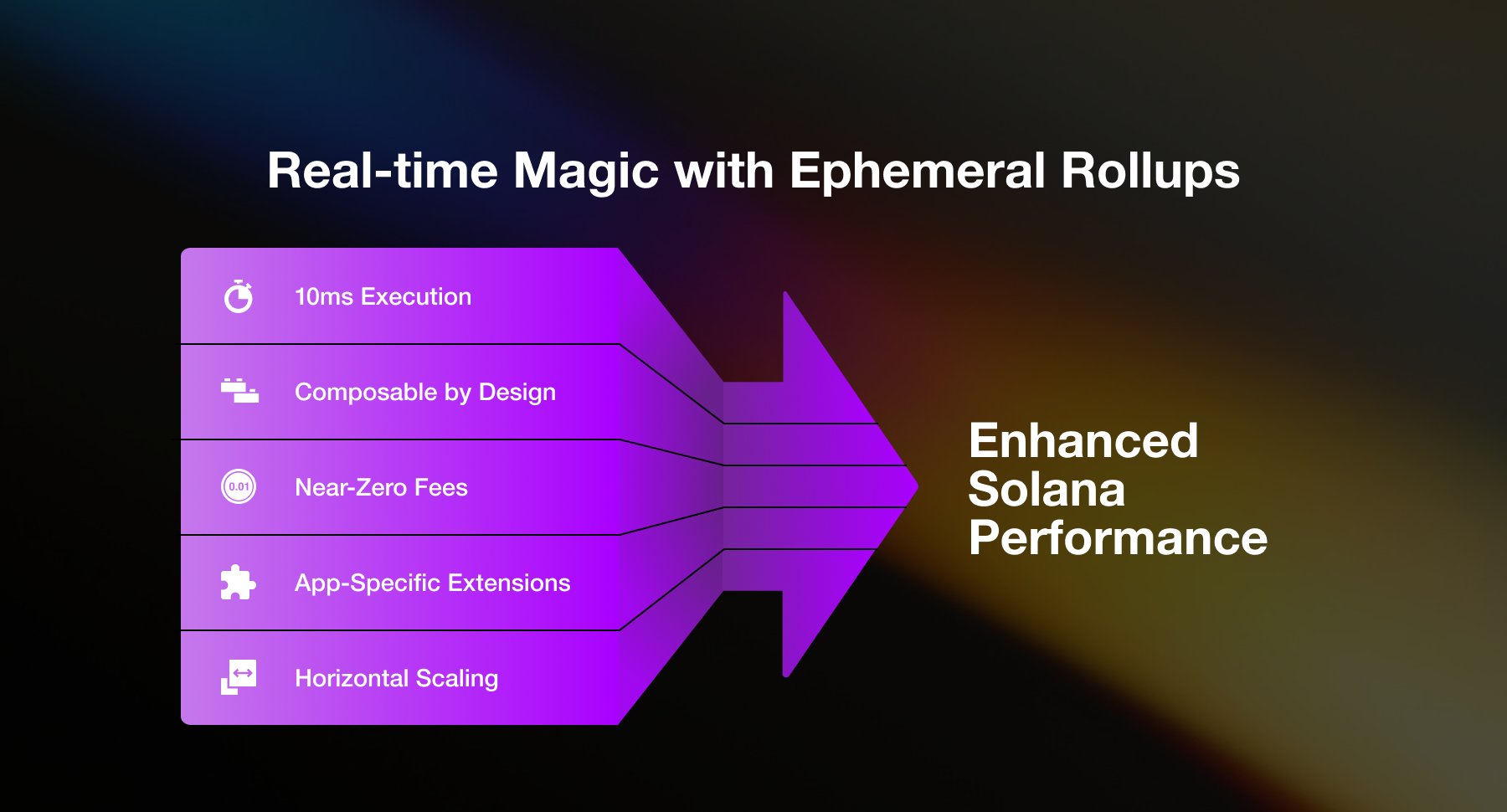
Ultra-Low Latency for Real-Time Applications: Ephemeral Rollups enable transaction processing with latencies below 50 milliseconds globally, making them ideal for real-time gaming and high-frequency trading on Solana.
-
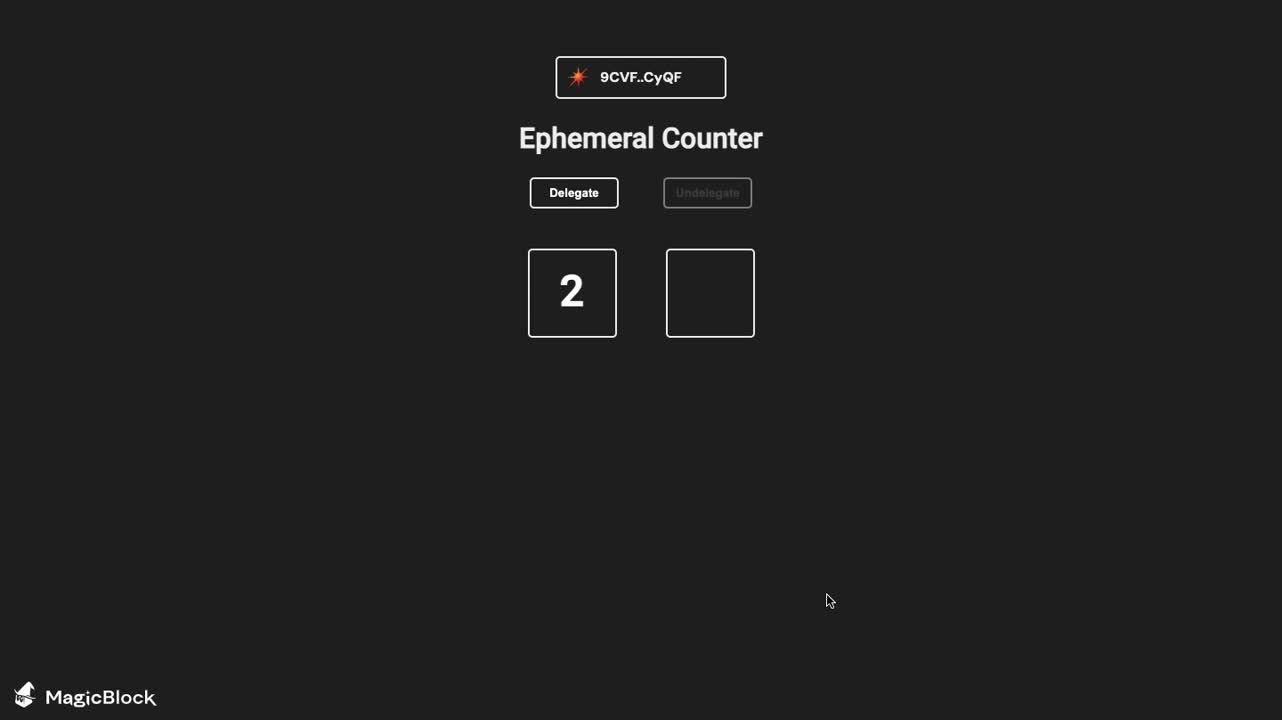
On-Demand, Customizable Execution Environments: Developers can spin up temporary, high-performance rollups tailored to specific tasks or sessions, such as gaming matches or trading events, without burdening the main Solana chain.
-
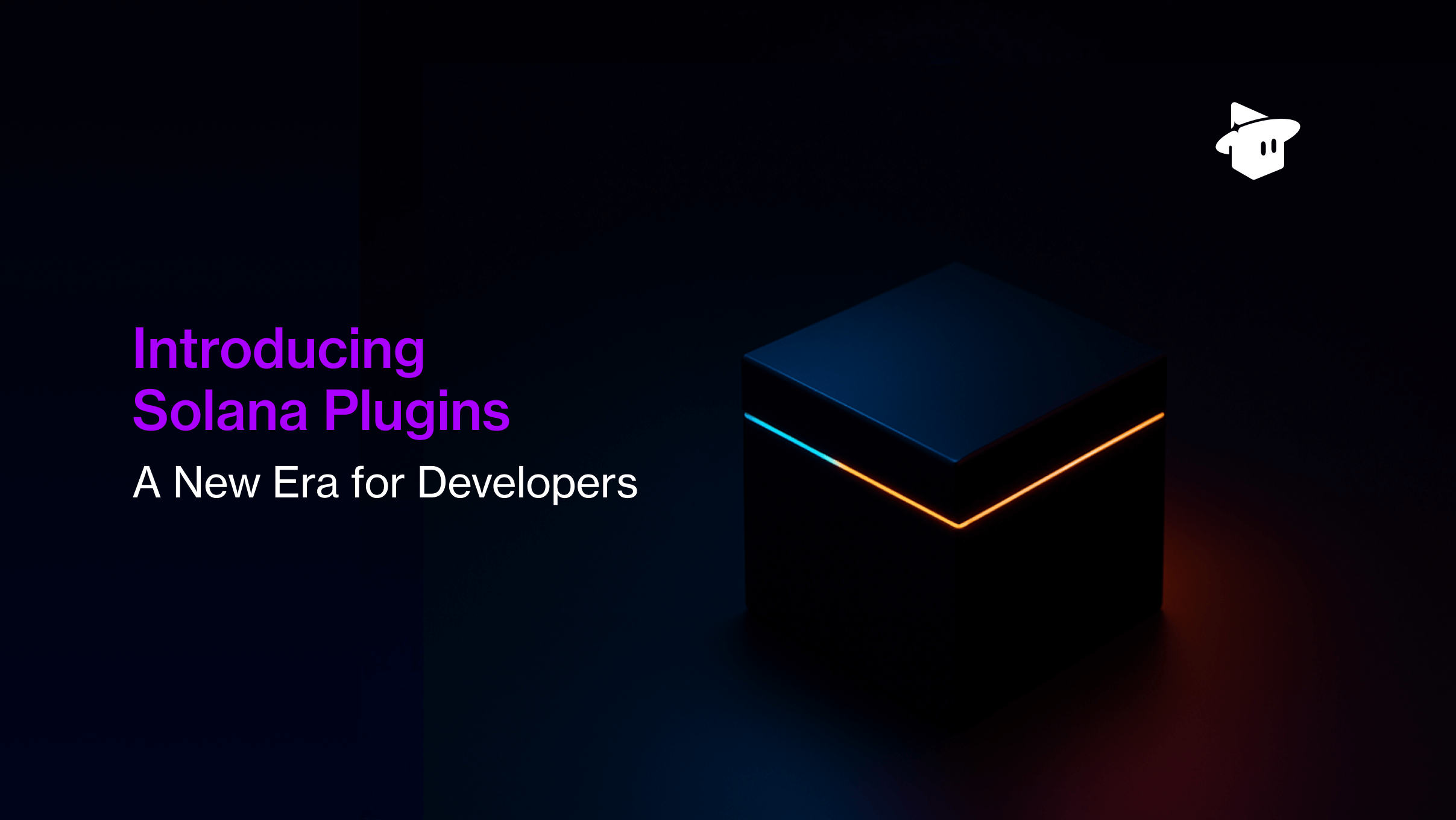
No Need for Bridges or New Tokens: Unlike traditional L2 solutions, Ephemeral Rollups maintain full access to Solana’s native liquidity and composability, eliminating the complexity and risk of cross-chain bridges or additional tokens.
-

Enhanced Scalability Without State Fragmentation: By leveraging the Solana Virtual Machine (SVM), Ephemeral Rollups scale applications without fragmenting state, preserving seamless user and asset interactions across the ecosystem.
-
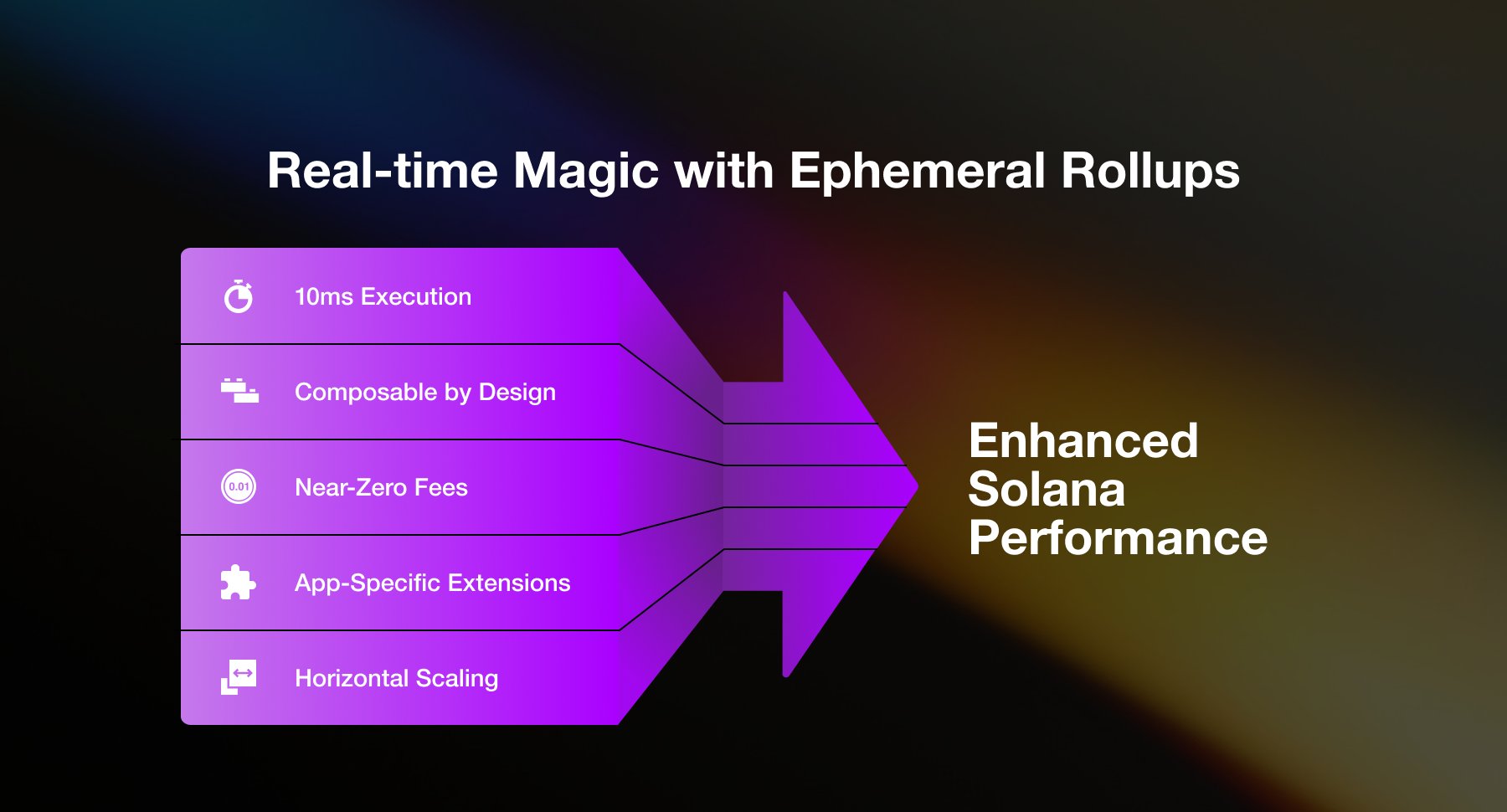
Maintained Security and Trust Assumptions: Ephemeral Rollups inherit Solana’s robust security model, ensuring that even high-throughput, offloaded computations remain secure and trustless for dApp users.
The composability that Solana is known for remains intact. dApps utilizing ephemeral rollups can interact seamlessly with existing DeFi protocols, NFT marketplaces, and other on-chain services. This removes the silos that have traditionally hampered innovation in modular blockchain architecture. As a result, new categories of applications, such as real-time collaborative platforms and decentralized AI workloads, are now feasible within the Solana ecosystem.
For those interested in a technical breakdown of how these temporary app chains enable elastic scalability, this resource provides an in-depth perspective on their architectural underpinnings.
Looking Ahead: The Future of Adaptive Blockchain Infrastructure
With SOL holding steady at $201.51 amid rapid ecosystem growth, the market is signaling its belief in Solana’s ability to deliver on the promise of scalable, composable infrastructure. The introduction of ephemeral rollups is not just a technical upgrade, it’s a fundamental shift in how blockchains can elastically scale to meet global demand while preserving user trust and developer agility.
As adoption accelerates, expect to see more high-profile projects leverage this elastic scaling model, pushing the boundaries of what’s possible in DeFi, gaming, and beyond. For builders and investors alike, understanding the nuances of ephemeral rollups will be key to navigating the next wave of blockchain innovation.
